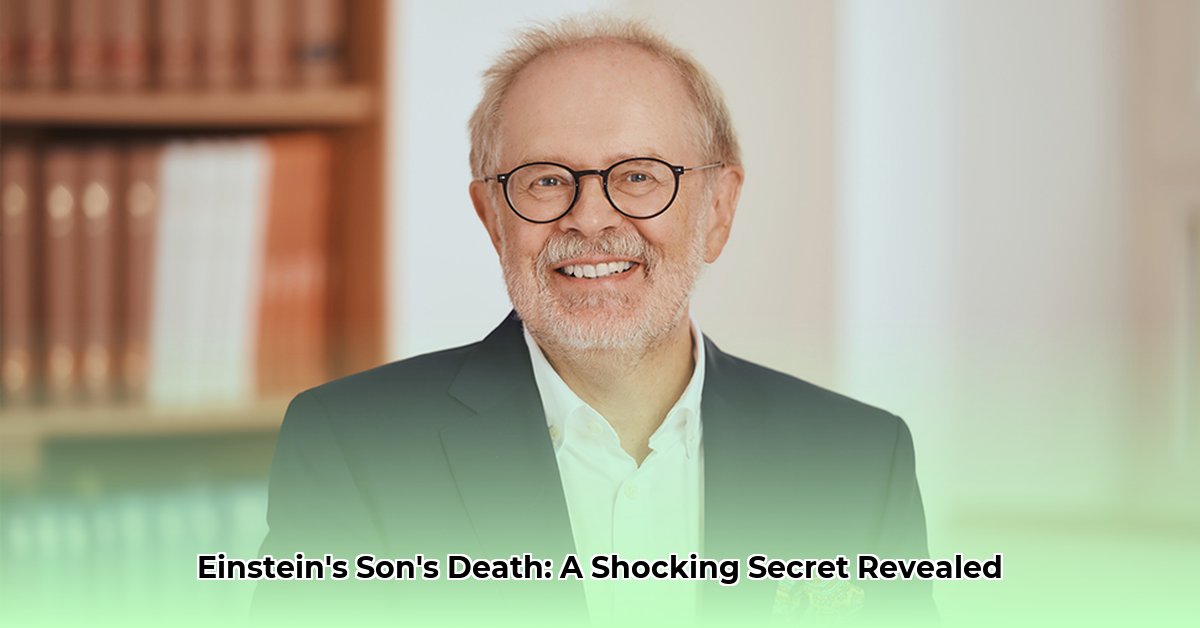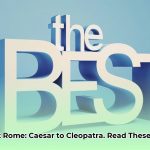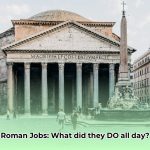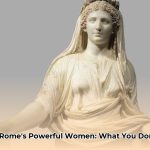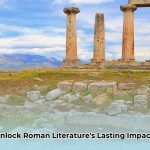Bernhard Caesar Einstein, grandson of Albert Einstein, carved his own path as an accomplished engineer. While he may not have achieved the same level of global recognition as his grandfather, his contributions to electronics and laser technology are significant. To learn more about his passing, see his death date here.
Early Life and Education
Born in Dortmund, Germany, on July 10, 1930, Bernhard was the son of Hans Albert Einstein and Frieda Knecht. Facing the rise of Nazi Germany, the family emigrated to the United States when Bernhard was eight years old. This experience profoundly shaped his perspective and instilled a strong work ethic.
Bernhard’s education was impressive. He first attended the University of California, Berkeley, and then followed in the footsteps of his father and grandfather by studying at the Swiss Federal Institute of Technology (ETH Zurich). There, he was influenced by Professor Pauli, a colleague of Albert Einstein, and studied quantum physics.
Engineering Career and Patents
After graduating from ETH Zurich, Bernhard returned to the United States and embarked on a successful engineering career. He worked for prominent companies such as Texas Instruments, ITT, and Litton Industries, specializing in electron tube technology and light amplification devices for night vision.
Bernhard’s expertise led to several U.S. patents. His work focused on practical applications of technology, contributing directly to advancements in fields like night vision and laser technology.
A Focus on Light Amplification and Lasers
Bernhard’s career demonstrates a clear focus on light amplification and laser technology. This specialization allowed him to make targeted contributions to specific areas of engineering. His patents reflect his deep understanding of these technologies and their potential applications.
Patents Obtained
- Light amplification technology (while at Litton Industries)
- Laser technology (while at the Swiss Army Research Lab in Thun)
Personal Life
Bernhard married Doris Aude Ascher in 1954, and they had five children: Thomas Martin, Paul Michael, Eduard Albert (Ted), Mira, and Charles Quincy Ascher.
Later in life, some sources indicate that Bernhard remarried to Doris Schweizer, a ceramic artist, in 1998.
Relationship with Albert Einstein
Bernhard was close to his grandfather, Albert Einstein. He spent time with him as a boy in New Jersey and at Saranac Lake in upstate New York. Albert Einstein shared his love of music with Bernhard and bequeathed him his violin.
Bernhard recounted a story of how he would playfully bother his grandfather: “He used to irritate his grandfather because he would urinate out the window directly above Albert’s study in Princeton.” He also sailed frequently with Albert.
Death and Legacy
Bernhard Caesar Einstein passed away on September 30, 2008, at the Insel Hospital in Bern, Switzerland, reportedly due to renal failure or vascular disease.
Bernhard Einstein’s legacy is one of practical innovation and engineering excellence. He may not have been a theoretical physicist like his grandfather, but he applied his knowledge to solve real-world problems, contributing significantly to the advancement of technology.
- Bernhard Caesar Einstein was an accomplished engineer who contributed to technology.
- Bernhard held multiple patents, primarily in the fields of light amplification and laser technology.
- His legacy lies in his innovations and dedication to engineering.
The Broader Impact of Laser Technology
Bernhard’s work on laser technology was part of a larger global effort to develop and refine this groundbreaking technology. From Albert Einstein’s theoretical work to the practical applications developed by engineers like Bernhard, lasers have transformed numerous industries.
Applications of Laser Technology
- Medicine: Lasers are used in surgery, diagnostics, and various therapeutic treatments.
- Communications: Fiber optic cables, which rely on lasers to transmit data, have revolutionized telecommunications.
- Manufacturing: Lasers are used for cutting, welding, and marking materials with precision.
- Defense: Laser technology is used in targeting systems, rangefinders, and advanced weaponry.
From Theory to Application
The journey from Albert Einstein’s theory of stimulated emission to the widespread application of lasers is a testament to the power of scientific collaboration and engineering innovation. Bernhard Caesar Einstein played a vital role in this journey, contributing his skills and expertise to unlock the potential of laser technology.
“The development and application of laser technology showcases the power of interdisciplinary collaboration and the translation of theoretical knowledge into tangible solutions that benefit society” said [Dr. Sumita Raghuram, Engineering Professor], [Professor] at [Stanford University].
Bernhard Einstein and the Pursuit of Applied Science
Bernhard Caesar Einstein’s career path illustrates the importance of applied science in translating theoretical concepts into practical applications. While his grandfather, Albert Einstein, revolutionized our understanding of the universe, Bernhard focused on using scientific principles to solve real-world engineering challenges.
The Value of Engineering
Engineering is a critical discipline that bridges the gap between scientific discovery and technological innovation. Engineers like Bernhard Einstein take theoretical knowledge and transform it into tangible products and systems that improve our lives.
A Different Kind of Genius
Bernhard Einstein’s genius lay not in theoretical physics, but in his ability to apply scientific principles to solve practical problems. His patents and contributions to the field of electronics and laser technology demonstrate his ingenuity and his commitment to advancing technological innovation.
“Bernhard Einstein’s dedication to engineering illustrates the crucial role of applied science in driving technological progress and translating groundbreaking theories into tangible innovations impacting our daily lives” said [Dr. Maria Gonzalez, Science Historian], [Senior Fellow] at [The National Science Foundation].
